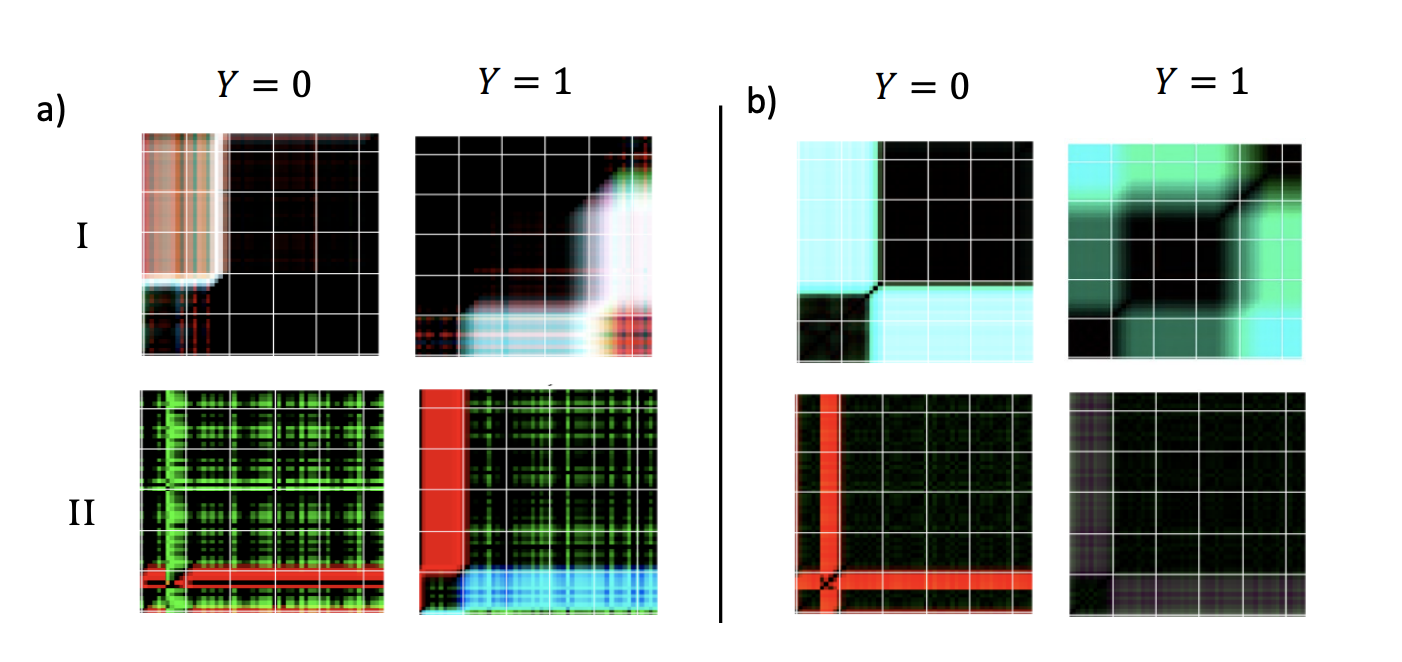Visual Analytics: A New Paradigm for Process Monitoring
13th IFAC Symposium on Dynamics and Control of Process Systems, including Biosystems (DYCOPS),
Ibrahim Yousef, Sirish L. Shah, R. Bhushan Gopaluni
[PDF]

Click to enlarge image.
Abstract
As a result of recent breakthroughs in computer vision technologies, significant research interest has emerged to encode process data to enable visual analytics and thus display visual clues and treat process monitoring problems as computer vision tasks. Imaging timeseries signals as a feature engineering step forms a new branch of data analytics called ”visual analytics”. In the context of process monitoring, we define visual analytics as the integration of visual representation of the data, the use of computer vision tools, and analytical reasoning to support decision-making and knowledge extraction from the data. In this work, a novel end-toend visual analytics pipeline for industrial process fault detection using 1D and 2D convolution operations is proposed. The proposed approach presents a visual representation of data that captures the temporal and local features from historical time-series signals. Next, the learned features in a 2D format are visually recognized and classified using a 2D convolutional neural networks (2D-CNN). Our experimental results demonstrate that this approach achieves better performance on an industrial multivariate dataset compared to other state-of-art signals imaging tools such as Gramian Angular Field (GAF) and Recurrence Plots (RP).
Read or Download: PDF